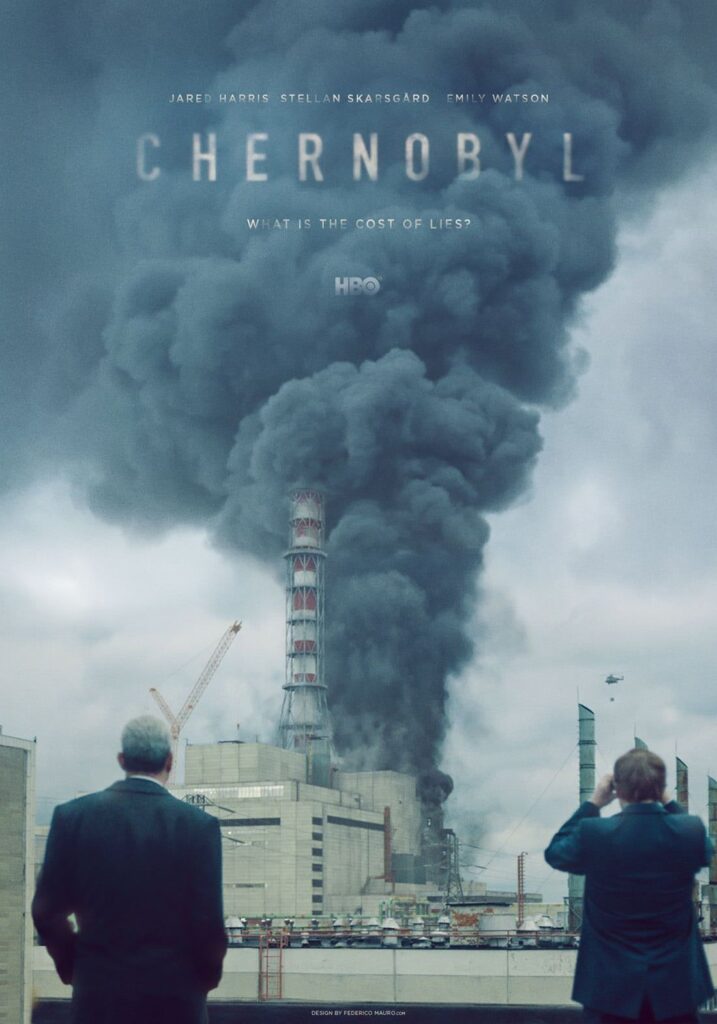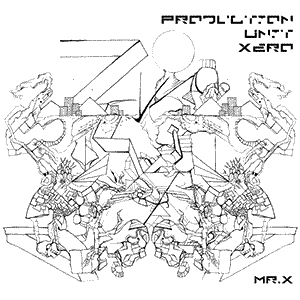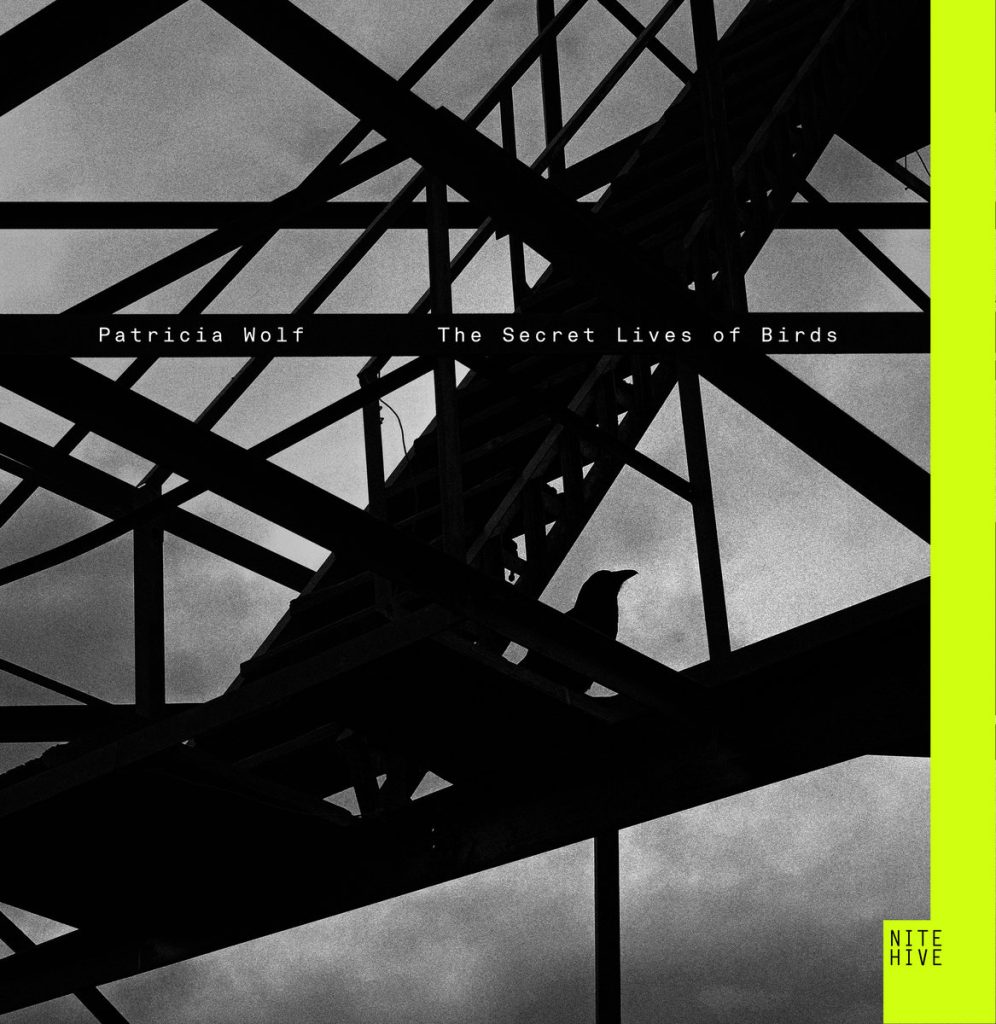Chernobyl OST (2019) – TV Miniseries Soundtrack Review

In 2019, the HBO miniseries “Chernobyl” not only captivated audiences with its harrowing depiction of one of the most catastrophic nuclear disasters in history but also introduced a soundscape as haunting and evocative as the visuals themselves. Crafted by the Icelandic composer Hildur Guðnadóttir, the soundtrack stands as a monument to the power of ambient music to convey emotion, narrative depth, and the ineffable. This article delves into the ambient aspects of Guðnadóttir’s work on “Chernobyl,” exploring how the music becomes a narrative force that shapes our understanding of the events and emotions depicted in the series.
The Echoes of Disaster
Guðnadóttir’s approach to the “Chernobyl” soundtrack is as innovative as it is introspective. Drawing from the rich tradition of ambient music, the composer employs a minimalist palette to evoke the desolation and despair following the aftermath of the Chernobyl disaster. Yet, it is her choice of instruments and how she utilizes them that imbue the soundtrack with its haunting quality.
One of the most striking elements is the use of sound recordings from a nuclear power plant. Guðnadóttir and her team ventured into the belly of an operational reactor to capture its ambient sounds — the hums, the throbs, and the eerie silence that speaks volumes. These sounds form the backbone of the soundtrack, transformed through electronic manipulation to create a soundscape that is both otherworldly and terrifyingly real.
Ambient as a Narrative Tool
In “Chernobyl,” ambient music is not merely a backdrop; it is a narrative tool that conveys the unseen and unspoken. The series, devoid of any dramatic exaggeration, relies on its soundscape to express the gravity of the disaster. Guðnadóttir’s compositions, with their lingering drones and subtle dissonances, evoke the invisible menace of radiation — a threat that is as intangible as it is deadly.
The soundtrack’s ambient tracks serve as a constant reminder of the omnipresent danger, the tension of the unseen. This is particularly evident in pieces like “Bridge of Death,” where the crescendo of droning sounds mirrors the escalating dread of the characters as they face an invisible enemy. Through ambient music, Guðnadóttir translates the abstract concept of radiation into an emotional experience, making the horror of Chernobyl palpable to the audience.
The Sounds of Silence
Silence, or rather the nuanced use of quietness, plays a crucial role in the “Chernobyl” soundtrack. Guðnadóttir expertly crafts moments of silence, punctuated by ambient sounds, to reflect the desolation and abandonment of the exclusion zone. These silences are heavy with meaning, symbolizing the loss, the emptiness, and the profound grief that envelops the tragedy.
In ambient music, silence is as significant as sound, and Guðnadóttir’s mastery over this interplay adds a profound depth to the series. It is in the quiet moments that the enormity of the disaster truly sinks in, allowing the audience to contemplate the scale of human and environmental loss.
The Human Element
Despite its focus on ambient sounds and silence, the soundtrack never loses sight of the human element — the personal stories amidst the catastrophe. Guðnadóttir incorporates traditional instruments, albeit sparingly, to evoke the cultural and personal dimensions of the tragedy. The cello, her instrument of choice, becomes a voice of mourning and memory, a thread connecting the past to the present.
This blend of the ambient with the traditional underscores the resilience of the human spirit, offering moments of beauty and hope amidst the desolation. The soundtrack, thus, becomes a tribute to the victims and survivors of Chernobyl, a reminder of the personal stories etched into the history of the disaster.
The Resonance Beyond the Screen
Hildur Guðnadóttir’s work on “Chernobyl” has elevated the role of ambient music in storytelling, showcasing its ability to convey complex emotions and themes without a single word. The soundtrack invites listeners to experience the tragedy on a visceral level, to feel the silence, the dread, and the sorrow.
Moreover, it has sparked a renewed interest in ambient music as a powerful form of artistic expression. By weaving together sounds from a nuclear reactor with traditional musical elements, Guðnadóttir has created a sonic tapestry that resonates beyond the screen, leaving a lasting impact on how we perceive and engage with ambient music.
The “Chernobyl” soundtrack stands as a testament to the power of ambient music to narrate, evoke, and transcend. In the hands of Hildur Guðnadóttir, the genre becomes a lens through which we can explore the depths




